Meet Our Birding Family! Our sister property, Ichingo Chobe River Lodge, nestled on Namibia’s secluded Impalila Island, was delighted to host South Africans Craig and Christine Widdows on their recent bucket list trip to the ultimate birding destination – the Chobe River.
Craig and Christine have enjoyed various birding adventures around southern Africa, even after their kids were born, beautifully documenting their travels on Instagram.
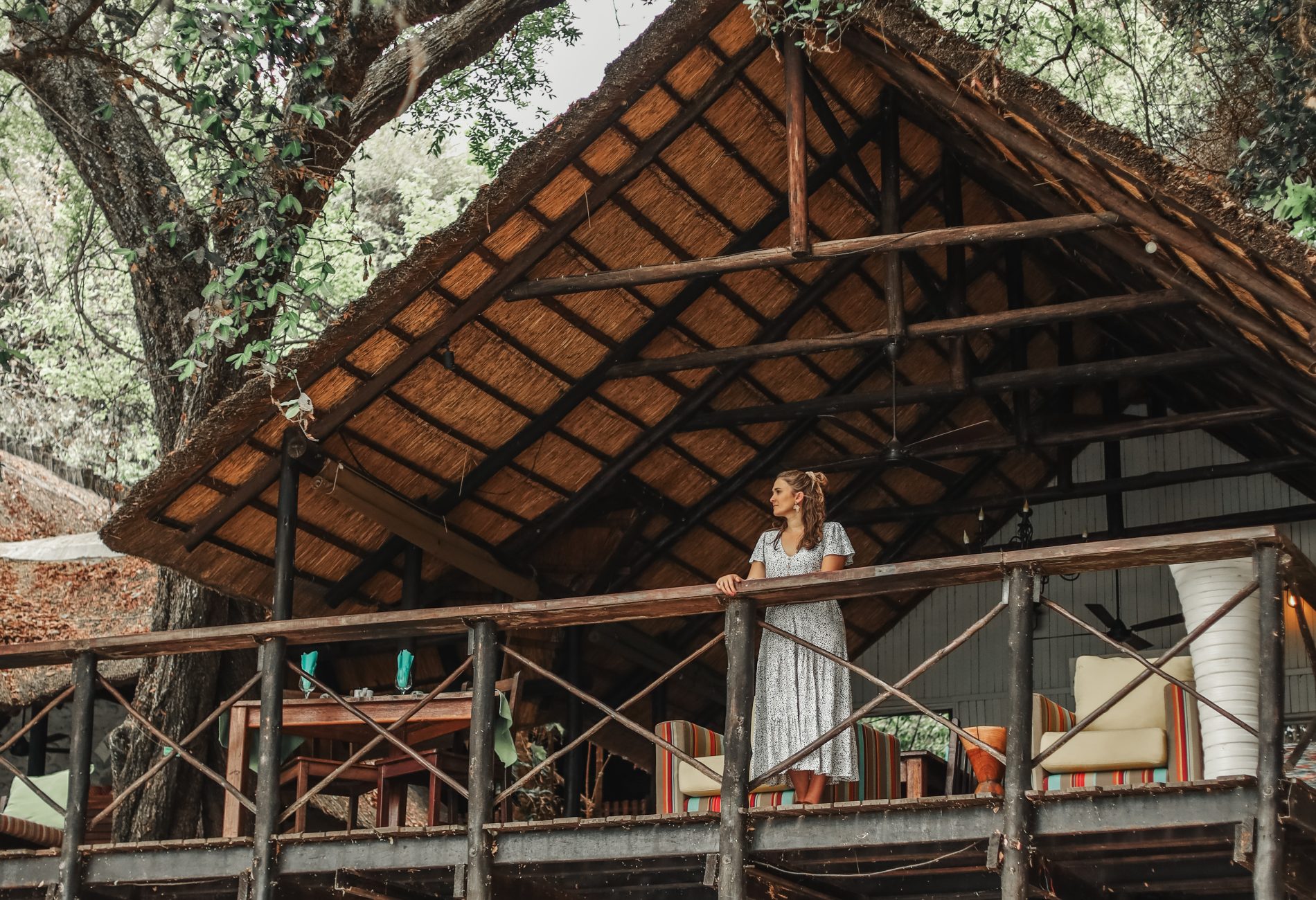
The Chobe River is considered one of Africa’s renowned birding locations, famous for its sheer diversity of habitats and species. From grassy floodplains to thick riverine forests, this area attracts waterbirds, dry woodland species, and many lifers.
We couldn’t wait to hear the verdict from this seasoned birding duo on whether Chobe lives up to its legendary status. Read on below for their full review of a Chobe birding safari.
Would you like to enjoy an incredible birding river safari for yourself? Birdwatching with expert local guides is offered at all of our properties within the Zambezi Queen Collection.
Read more about birding with us here.
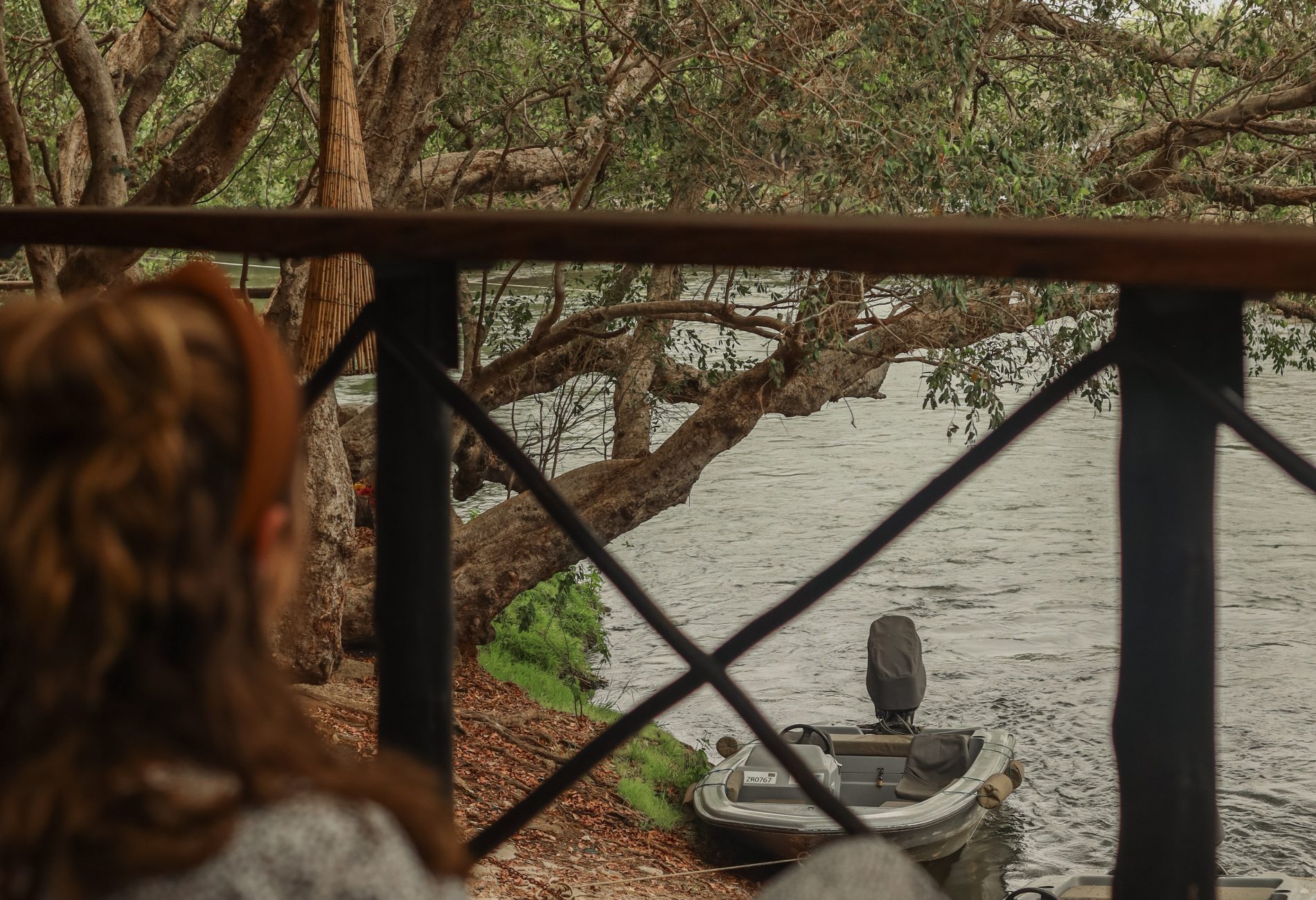
A birding safari with Ichingo Chobe River Lodge
Home to an incredibly diverse array of bird species, including some highly sought-after Southern African birds, the Chobe River is celebrated amongst birders and wildlife enthusiasts.
We spent months researching the whereabouts and habits of our birding targets, but little did we know that the Ichingo Chobe River Lodge team were going to exceed even our wildest expectations. Our time in this birding paradise started with an early morning boat cruise as we weaved between the low, overhanging trees along the riverbanks. White-backed Night Heron, African Finfoot, Holub’s Golden Weaver and Half-collared Kingfisher were all seen within the first 50m of the cruise. Deeper into the island where large fig trees dominate, we found a great habitat for the highly sought-after Pel’s Fishing Owl.
Read related content: 10 special birds to look out for in the Chobe
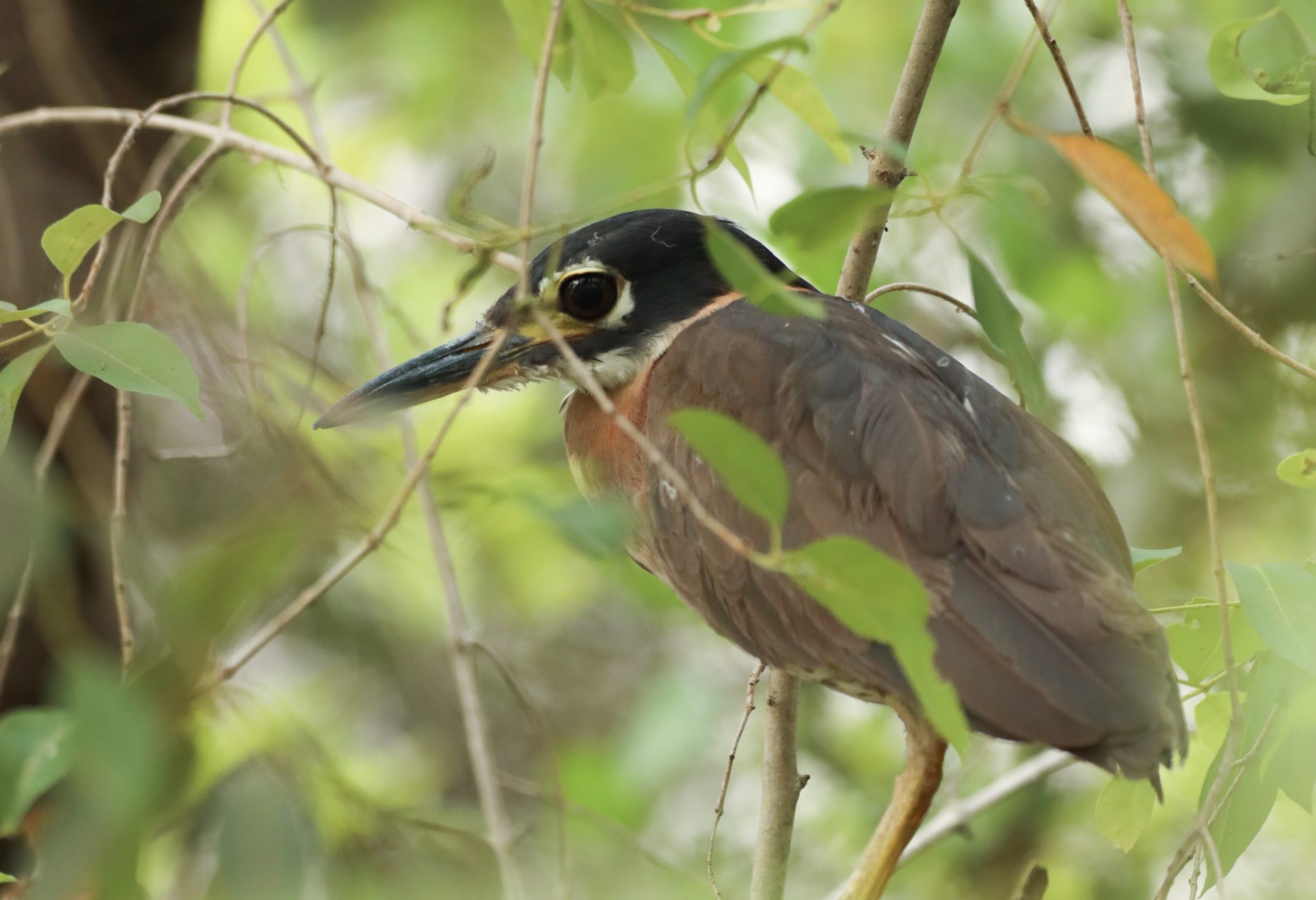
As we made our way into the larger, open channel of the Chobe River, exposed rocks at the rapids provided the perfect habitat for our first lifer sighting, the stunning and diminutive Rock Pratincole. We couldn’t believe our eyes as these localised Pratincoles flew effortlessly between the rocks, seemingly within touching distance of our boat. As the sun rose above the horizon, flocks of African Openbill, Yellow-billed Storks, Little Egret and African Spoonbill flew overhead.
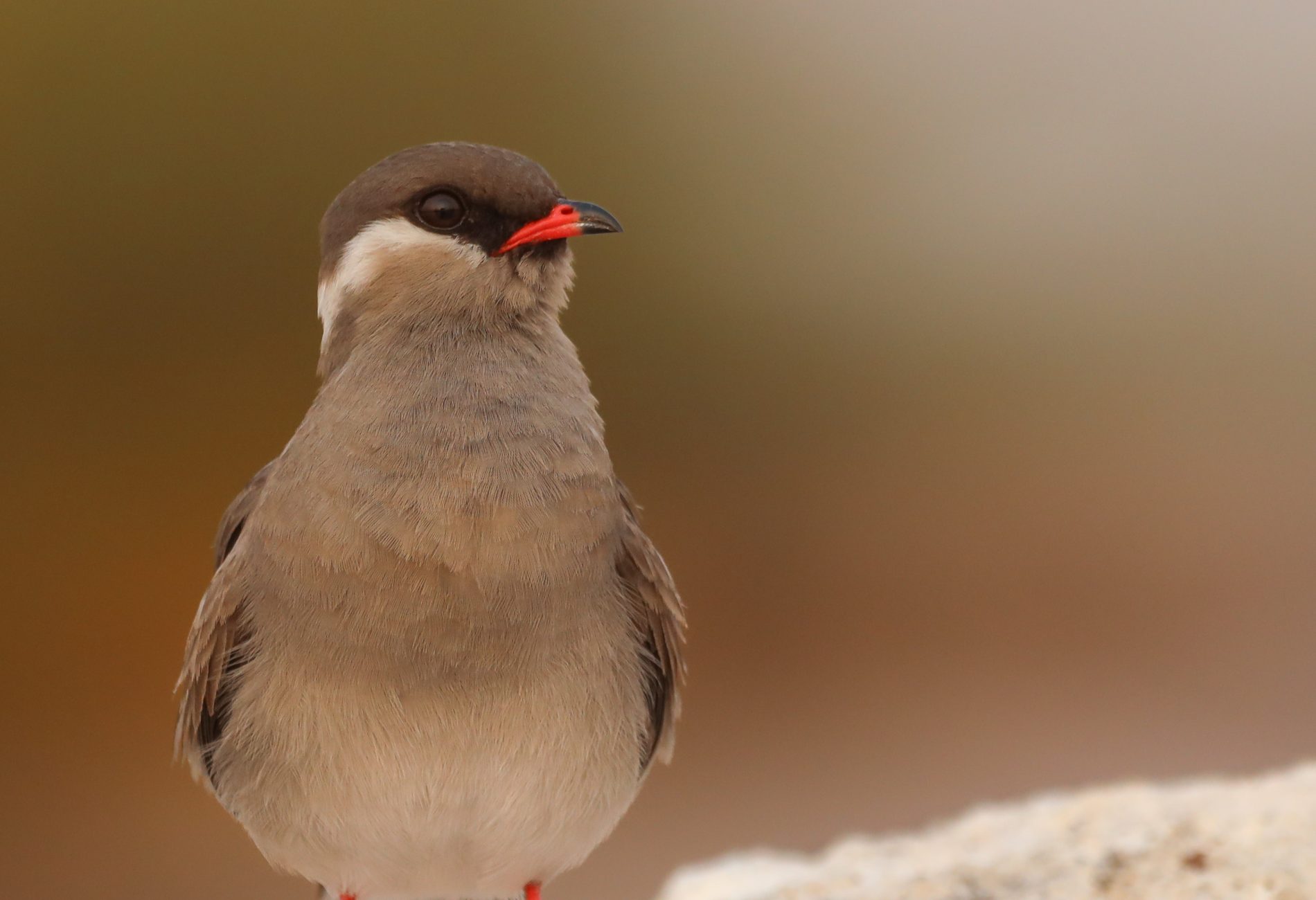
Our experienced guide, who grew up on the island and knew the river and all its channels intimately, ensured that we were treated to a birding experience like no other. The smaller, papyrus-lined channels provided stunning views of tricky species including Coppery-tailed Coucal, White-browed Coucal, Swamp Boubou, Lesser Moorhen and Hartlaub’s Babbler. The Babblers were very obliging, providing fantastic photographic opportunities as they raucously moved from one side of the river to the other. Chirping Cisticola, as well as African Reed Warbler, patrolled the reed beds as fishermen in their dug-out Mokoros passed by.
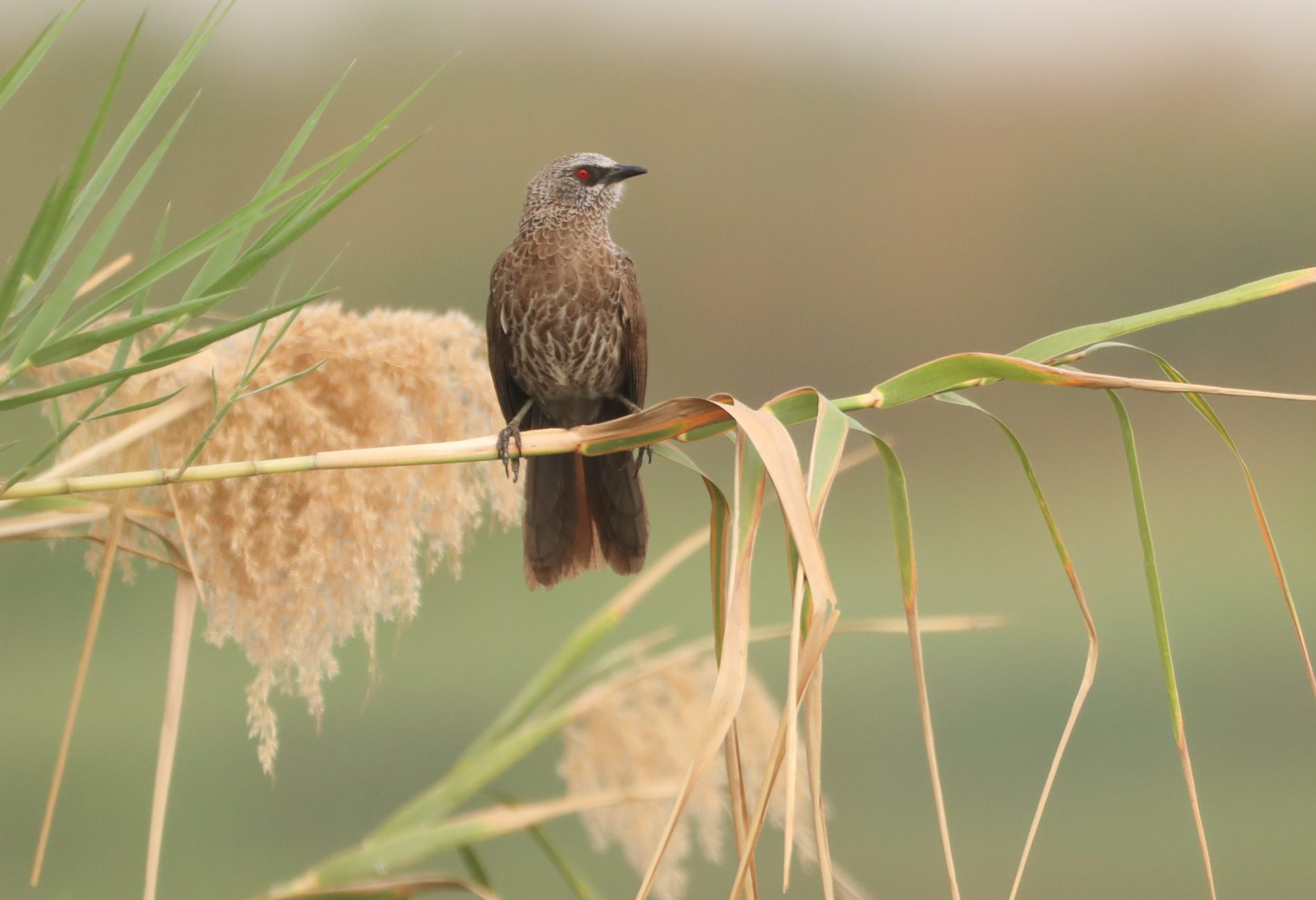
As we made our way towards the Chobe National Park, flocks of the iconic African Skimmers glided past, while a rather exhausted Wire-tailed Swallow decided to hitch a ride on the front of the boat. The habitat quickly changed from tall riparian woodlands to open grassy banks grading into mixed broad-leaved woodlands. Soon, birds along the shoreline were replaced with herds of impala, puku, buffalo and elephant making their way down to the water to drink.
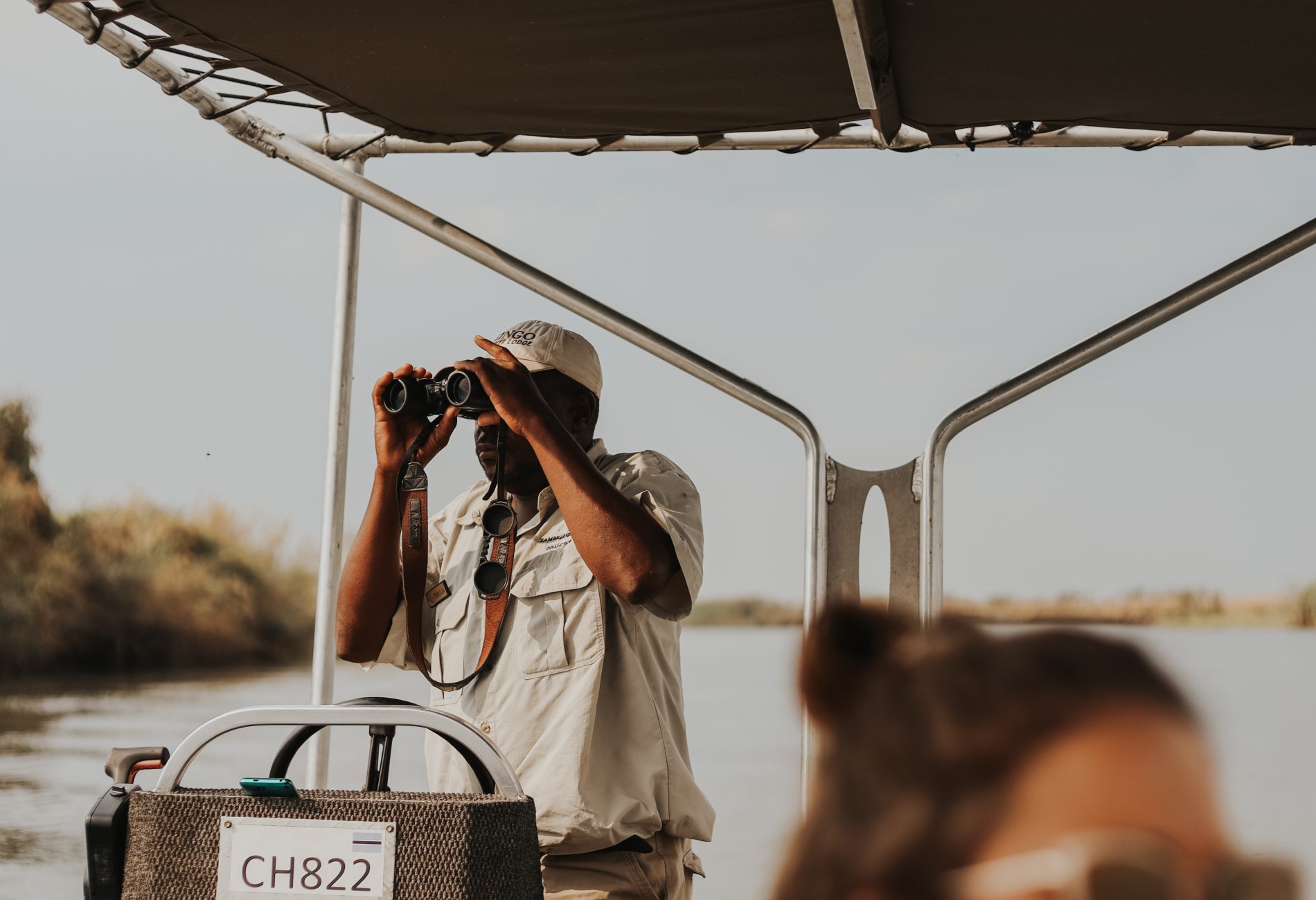
We enjoyed a rather comical situation where two buffalo bulls (‘dagga boys’) delayed our afternoon cruise as they took up residence between the lodge and the dock. The grunts of dominant bull hippos echoed along the waters, whilst prehistoric-looking crocodiles ominously vanished from the surface as we continued our safari. A high-pitched metallic call alerted us to the presence of the striking Long-toed Lapwing, whose snow-white wings are reminiscent of a wedding gown. This uncommon resident to the subregion is relatively common along the Chobe River and we were treated to an incredible sighting with a chick foraging inches from our boat, completely unphased by our presence.
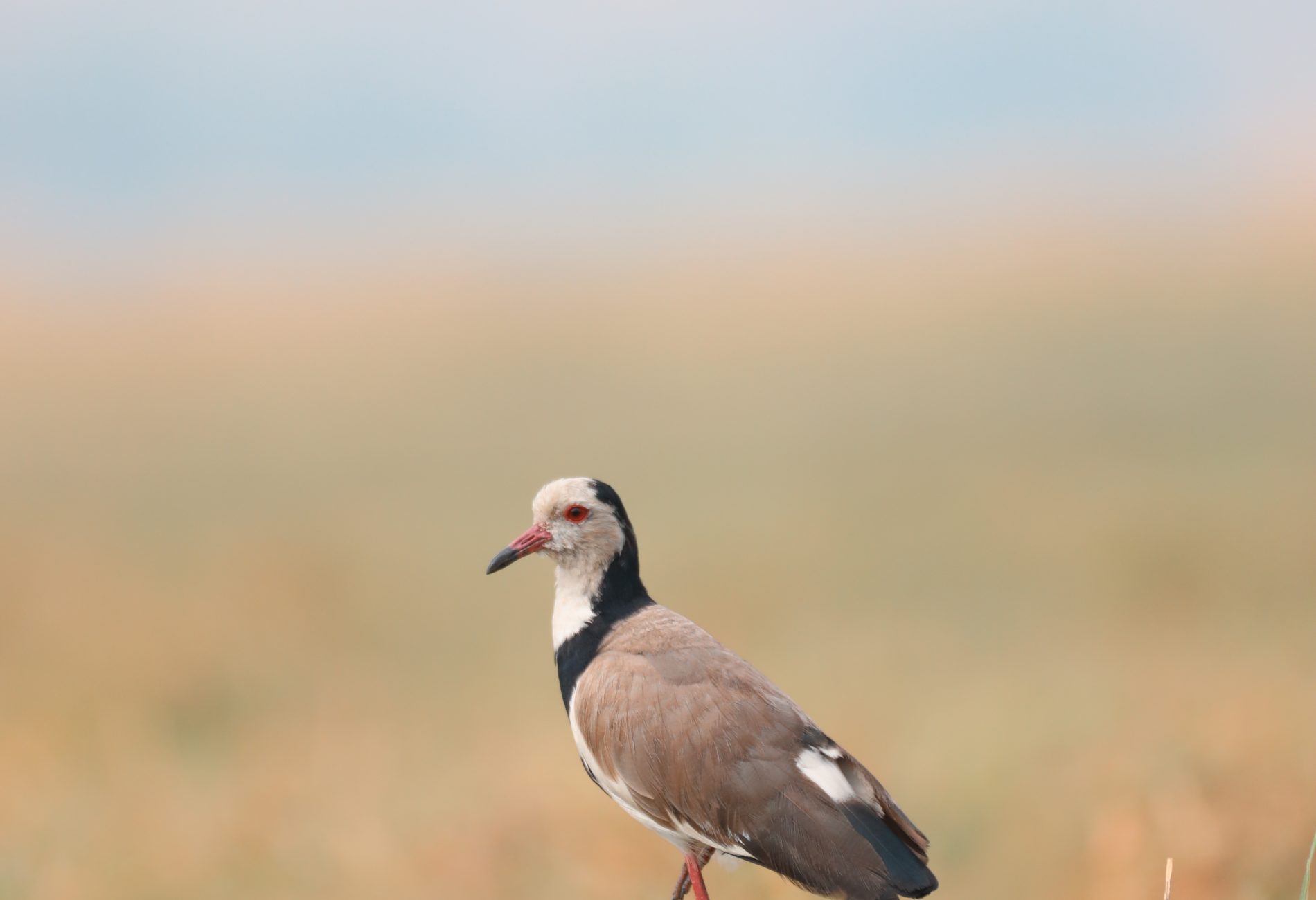
We also enjoyed a stunning guided walk on Impalila Island, located in the eastern extremity of the Caprivi and bounded by the converging Zambezi and Chobe Rivers. A guided walk provided us with a unique opportunity to experience the magic of the island on foot as we meandered between a mosaic of villages, woodlands, and small water channels. Collared Palm Thrush and Tropical Boubou were among many birds seen. A standout moment of our birding safari involved lying flat on the ground (much to the amusement of the locals) as a small flock of Brown Firefinch foraged between us.
Read related content: Start 2024 with a wish from Africa
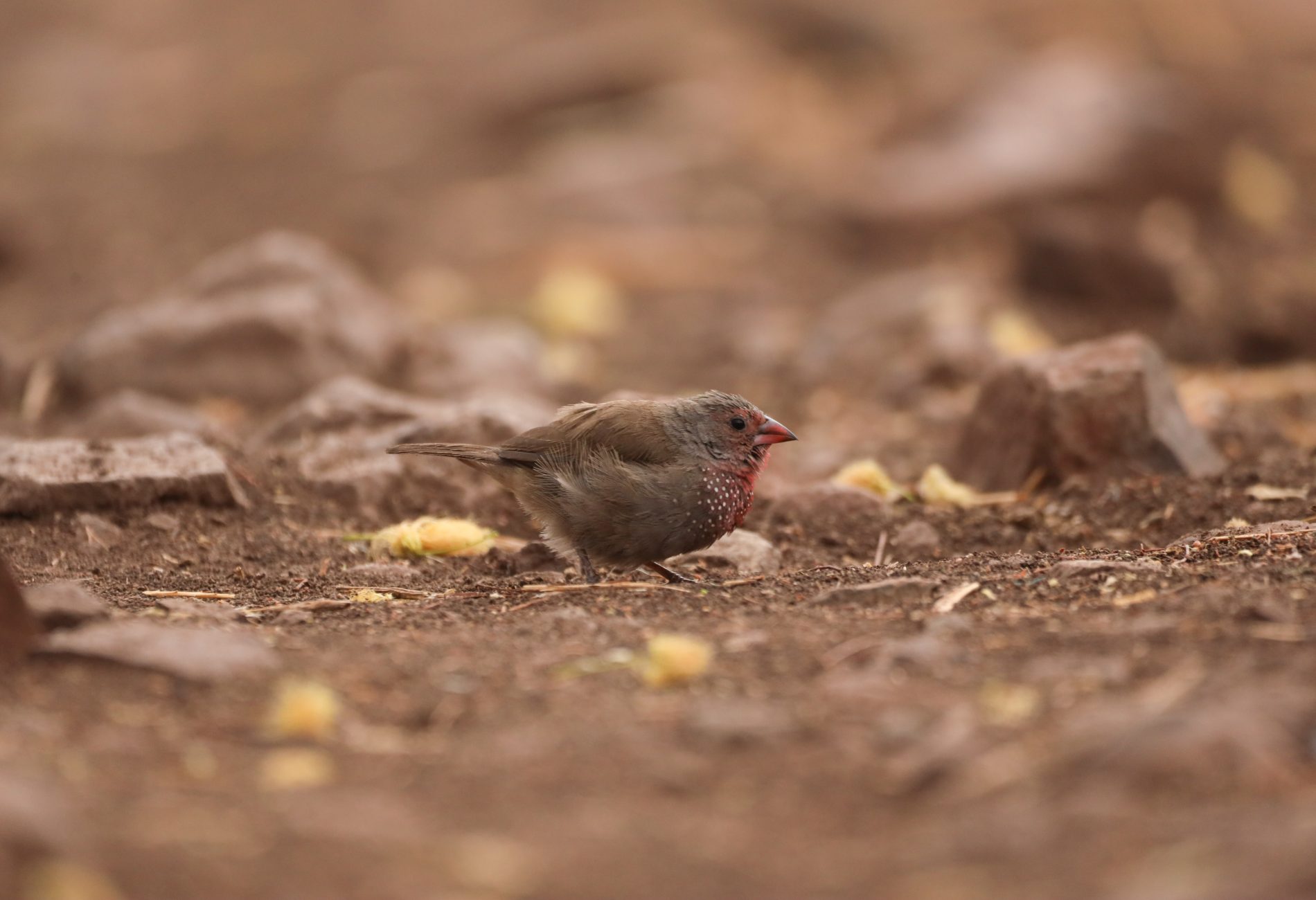
Whether you are cruising along the river or simply relaxing on a lounger, a Chobe River birding safari with the Zambezi Queen Collection will satisfy even the most ardent birders and nature enthusiasts. We cannot wait to return!
Our Birding Family was hosted by Ichingo Chobe River Lodge for a complimentary stay. All opinions expressed are their own and based on genuine experiences.
Contact us today to experience a birding safari for yourself.
